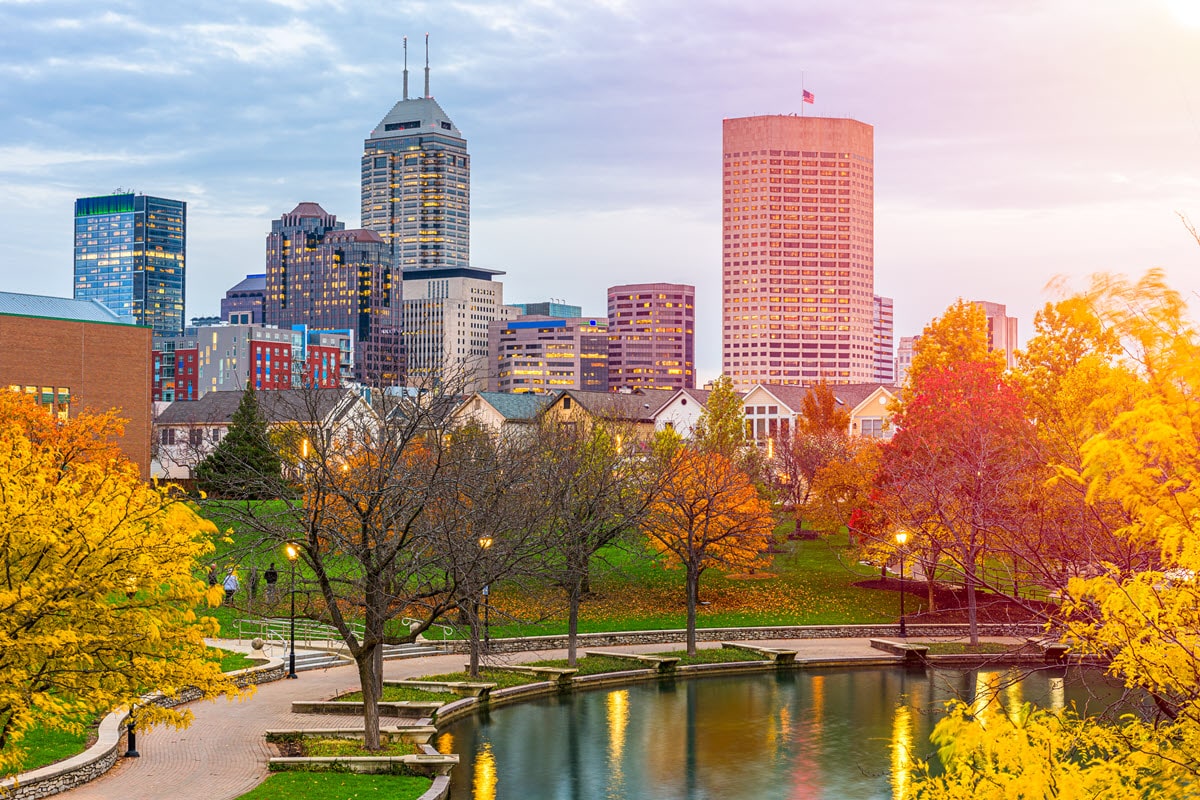Indiana, or “The Hoosier State” was the 19th state to join the US. The origins of its nickname are unclear, but its state name “Indiana” means “Land of the Indians” or “Indian Land”. The first Europeans to reach Indiana were French, but they lost the state to the British in the Seven Years’ War. Indiana played a crucial part in the American Civil War, with a total of 208,367 signing up. The midwestern state’s motto is “The Crossroads of America” as several major interstate roads pass through its capital, Indianapolis!
Indiana is known for famous people like US American President Abraham Lincoln and Olympic gold medallist Mark Spitz. It is one of the top producers of corn and the top steel producer in the nation. Its most famous sporting event is the Indianapolis 500, a world-famous car racing event.
Abraham Lincoln
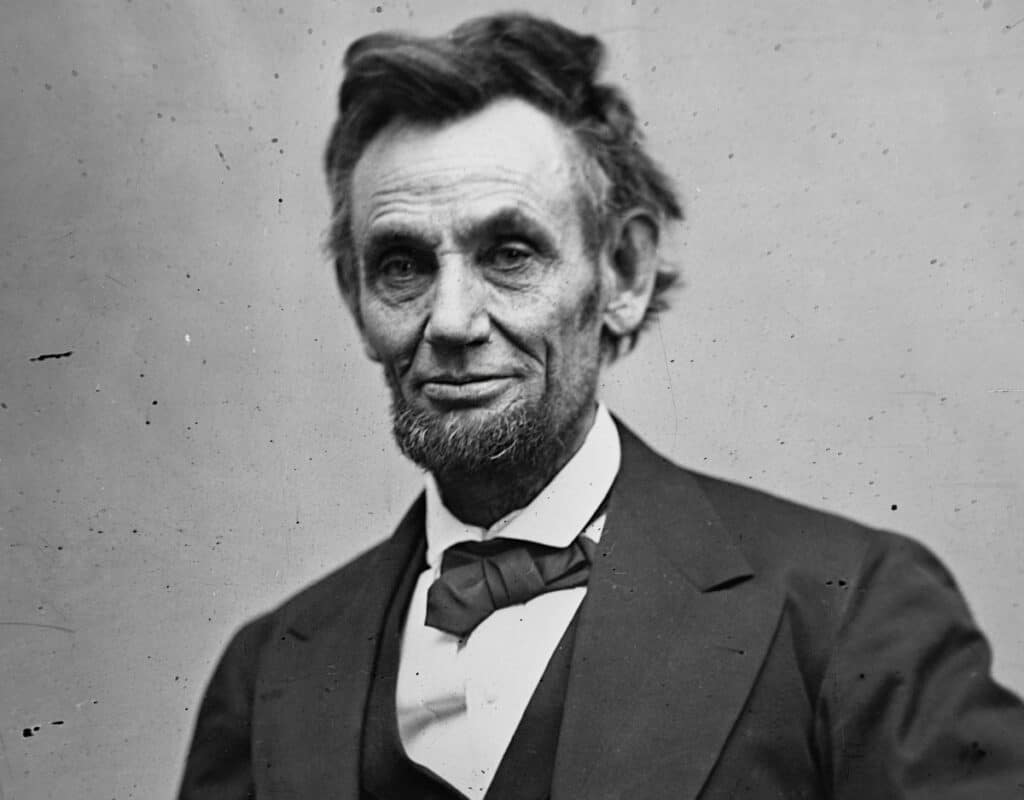
Abraham Lincoln was the 16th president of the US. He is one of the most famous US presidents of all time and lived between 1809 and 1865.
His legacy includes preserving the Union during the American Civil War and ending slavery in the country. President Lincoln lived in Indiana for 14 years, having moved there with his family at the age of seven.
His family were pioneer farmers in Indiana and his early years were spent on farms. Later on, during his presidency, he would establish the US department of agriculture. A move that greatly influenced and benefitted American agriculture.
Corn
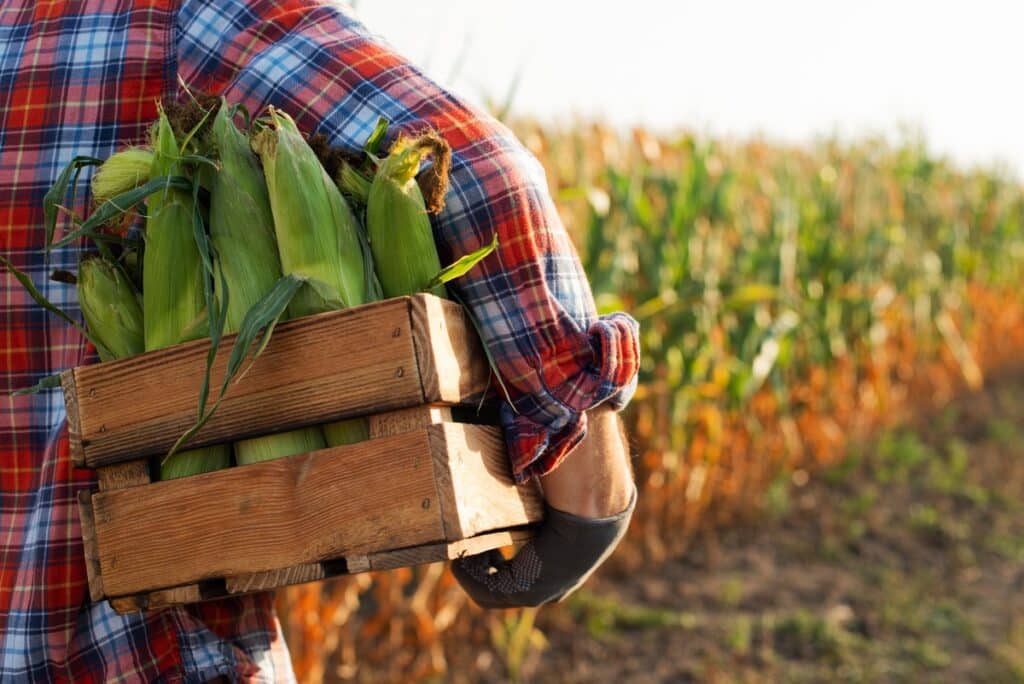
Indiana is one of the top five corn-producing states in the US. Along with Iowa, Nebraska, Illinois, and Minnesota, these five states produce 65 percent of all the corn in the US. Now that’s a lot of corn!
It’s part of the “Corn Belt”, an area in the midwest where corn and soybean production is KING. But, Indiana is also a top producer of swine and poultry.
The state’s soils are fertile and rich in nitrogen. That, added to the warm nights, hot days, and even rainfall makes it ideal for growing the crop.
East Race Waterway
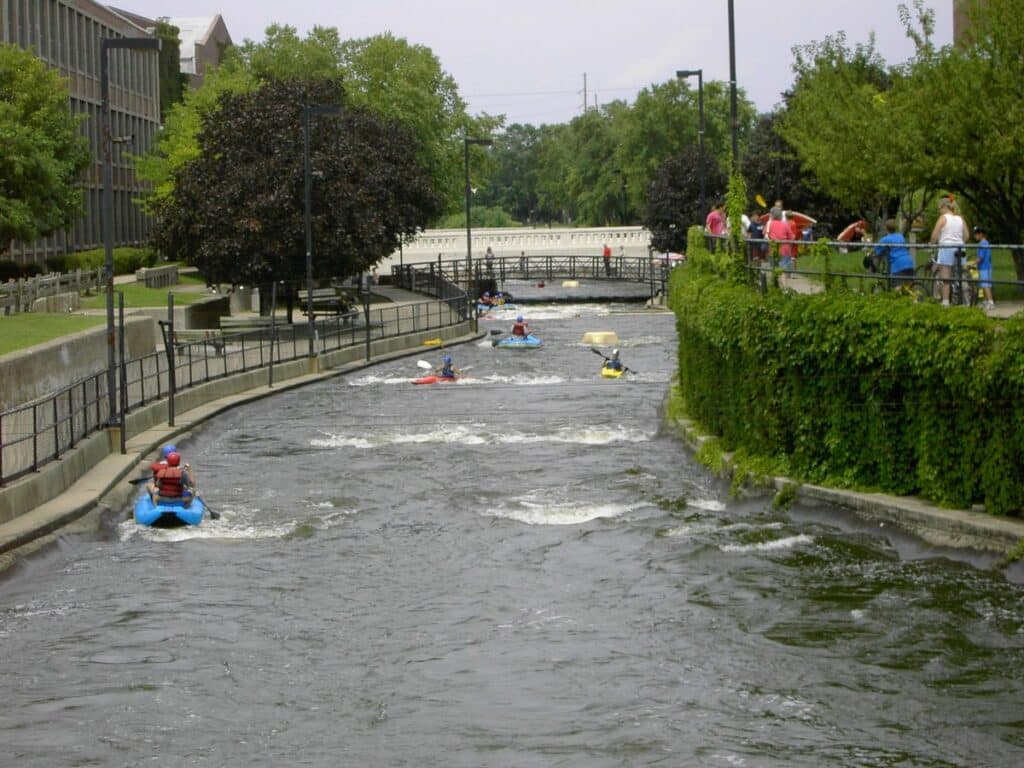
The East Race Waterway is the first-ever artificial white water river course in North America. Best of all, it goes right through downtown South Bend in Indiana.
The waterway was originally built in the 1840s to give power to a sawmill. It wasn’t until years later in 1984 that it got a mega-makeover and became an exhilarating river course.
The East Race Waterway has rapids that can rival even the Colorado River. With generated waves that can reach up to six feet (sometimes even higher). The course is 2,000 feet long and even professionals like to tackle its waters.
Mark Spitz
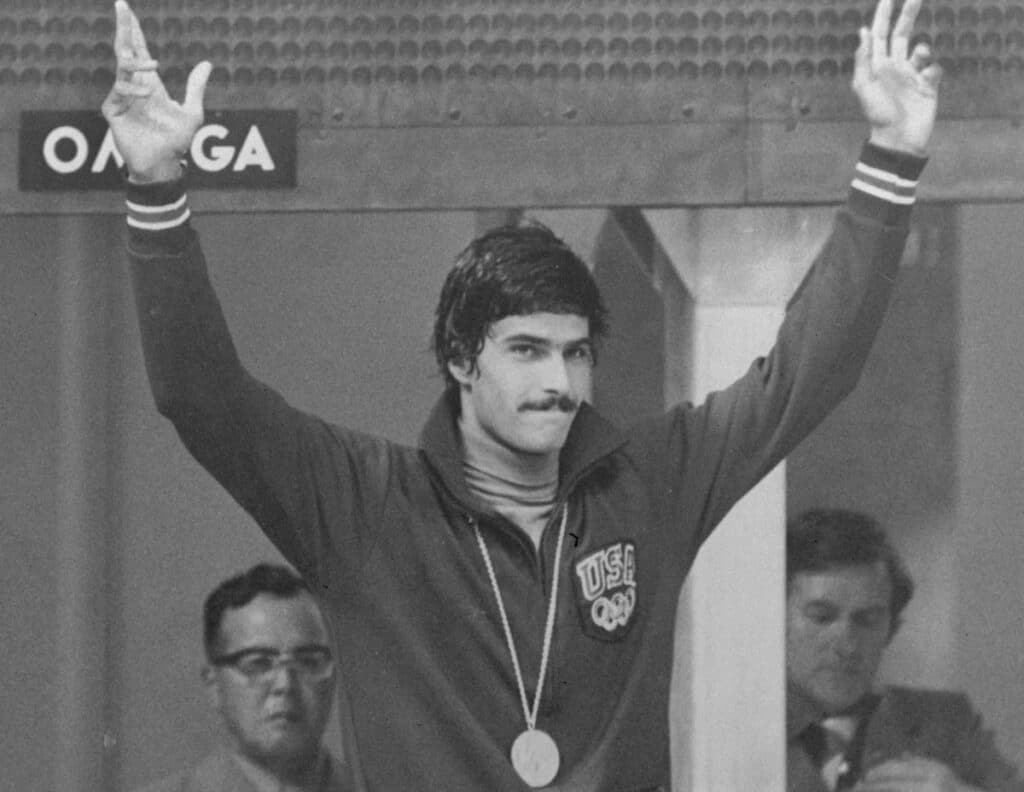
Mark Spitz is hands down one of the greatest swimmers of ALL TIME. He was born in California but attended college at Indiana University in 1969. It was there that he trained for the 1972 Olympic games with a legendary local coach, Doc Counsilman.
He absolutely dominated in the 1972 Munich Olympics, entering seven events over eight days and winning every single one. Not only did he bring home seven gold medals that year, but he also set a world record in ALL seven events! The guy is practically Aquaman.
Over his career, he won nine Olympic golds, one silver, and one bronze.
Indianapolis 500
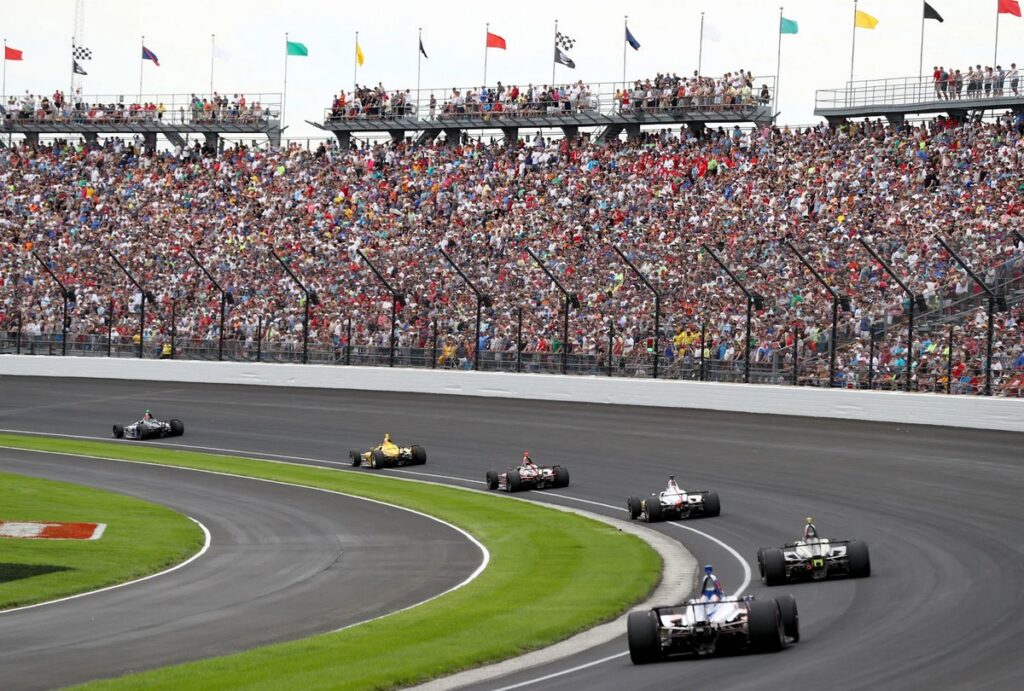
The Indianapolis 500 (A.K.A the Indy 500) is one of the most famous motorsports races ever. The race happens each year, with 33 drivers making 200 laps, to drive a total of 500 miles. Oh, and the winner drinks a bottle of milk (it’s tradition).
The first-ever Indy 500 was in 1911. It was held at the Indianapolis Motor Speedway, which is still the used venue today. The fastest ever official lap was by Arie Luyendyk in 1996, at a speed of 237.498mph.
Basketball
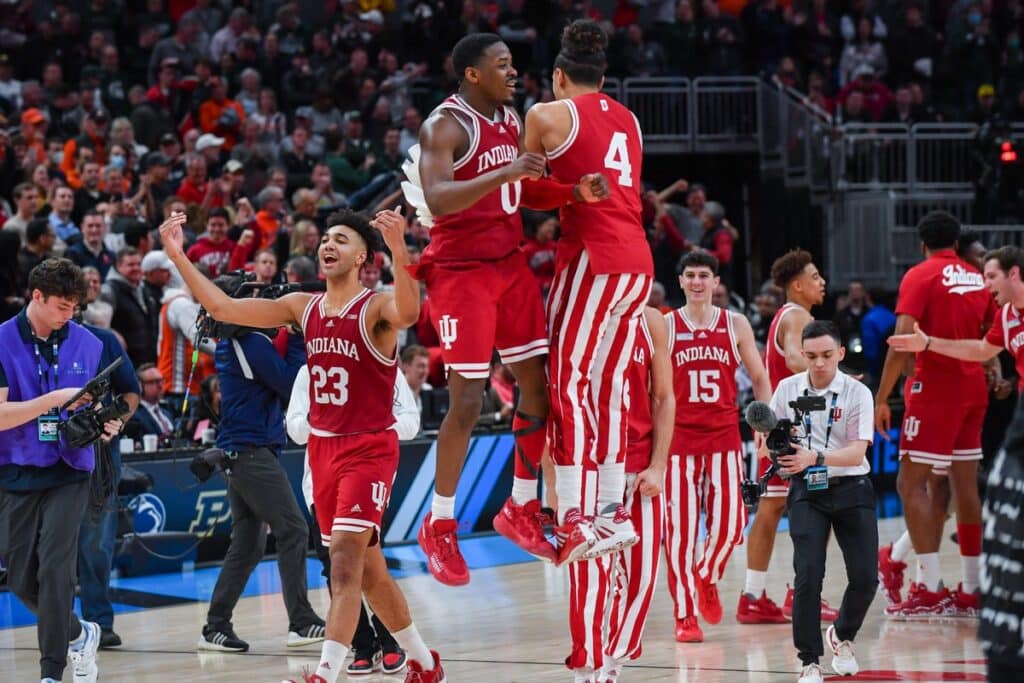
Okay, so basketball wasn’t invented in Indiana. It IS, however, the state where the sport really took off. The creator of basketball, James Naismith even said as much!
Nowadays, Indiana is known for its die-hard basketball culture and for producing some amazing players. Players like Larry Bird, Mike Conley Jr, Shawn Kemp, and Oscar Robertson are from Indiana.
Per capita, Indiana has produced the most professional basketball players than any other state!
The University Of Notre Dame
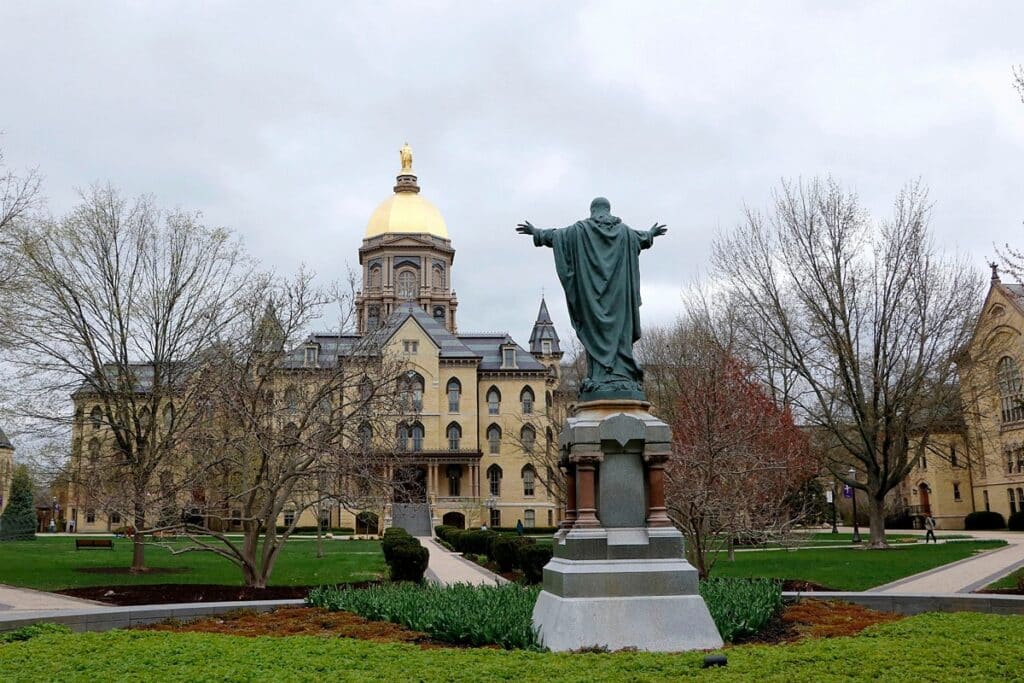
The University of Notre Dame is one of the top colleges in the US. It is a prestigious, Catholic establishment, founded in 1842.
As you might expect from its name, the University of Notre Dame has a beautiful campus. It regularly gets voted as one of the most beautiful college campuses in the US.
Its main building boasts a magnificent golden dome, covered in REAL 23.9-karat gold leaf. To top it all off (quite literally), the dome is complete with a 4,000-pound statue of Mary.
Santa Claus
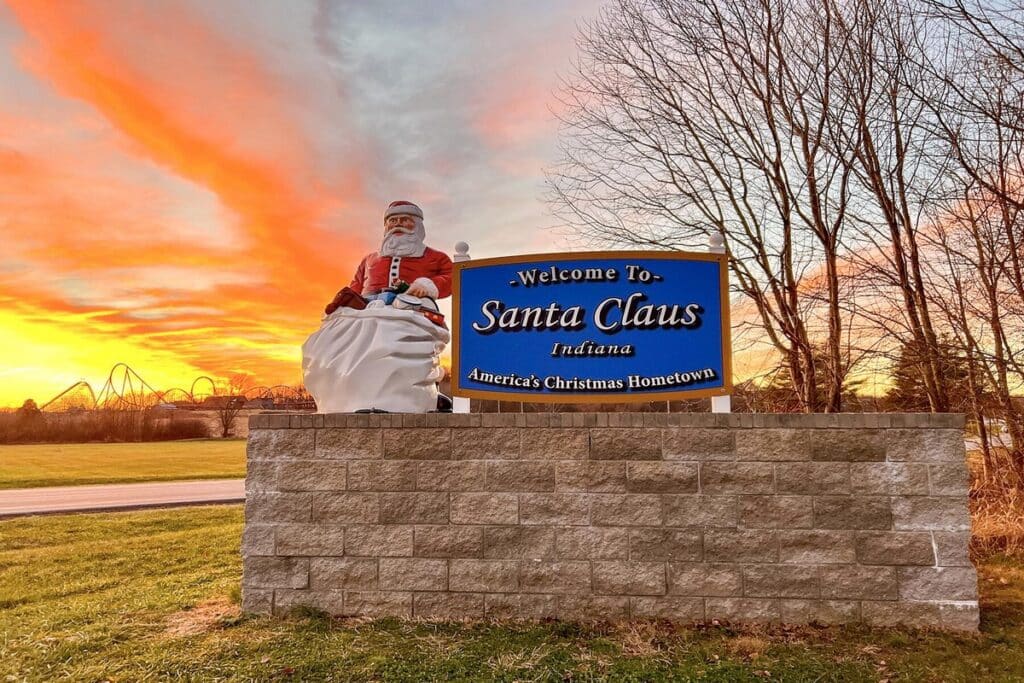
Santa Claus is a town in South Western Indiana. As you can imagine, every Christmas, it gets flooded with hundreds of letters to Santa Claus! There are even a group of volunteers who write back to the kids (as Santa). How cute!
The town has a theme park and water park, Holiday World and Spashin’ Safari as well as holiday-themed attractions. It’s a real Santa-fest with places like the Santa Claus Museum, Santa’s Stables, and Santa’s Candy Castle.
Indianapolis Children’s Museum
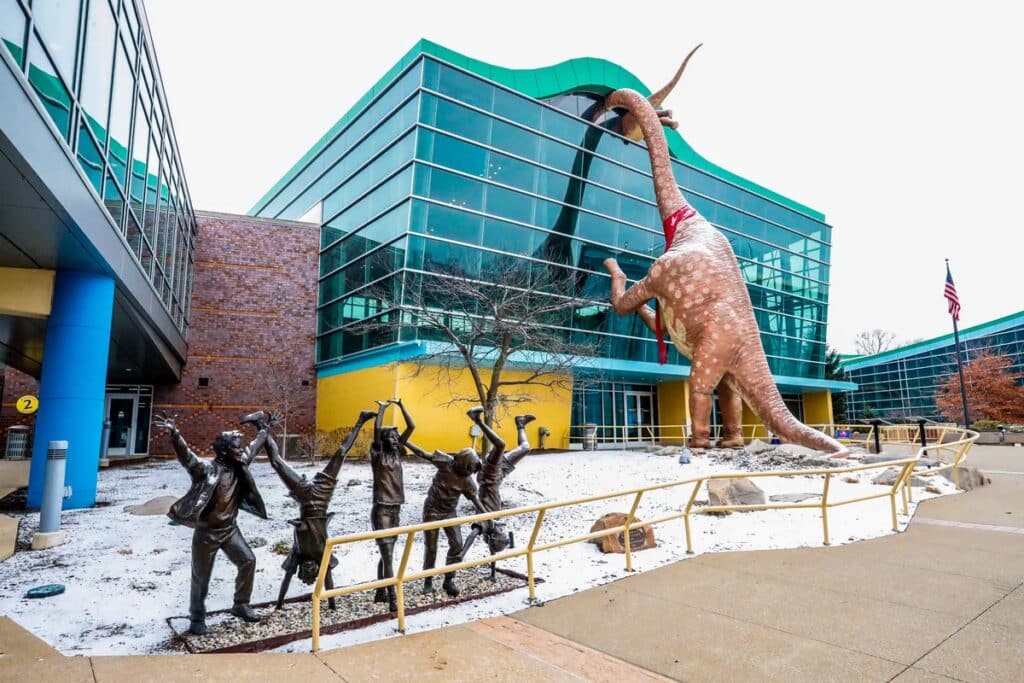
Indianapolis Children’s Museum is the largest children’s museum in the world. It regularly gets voted as the best children’s museum in the country too! The museum sits on 29 acres and the building itself is 472,900 square feet.
It’s just a few minutes from downtown Indianapolis and has five floors of interactive learning, exhibitions, and just family fun. It has everything from arts, humanities, and science, to exhibitions.
Wabash
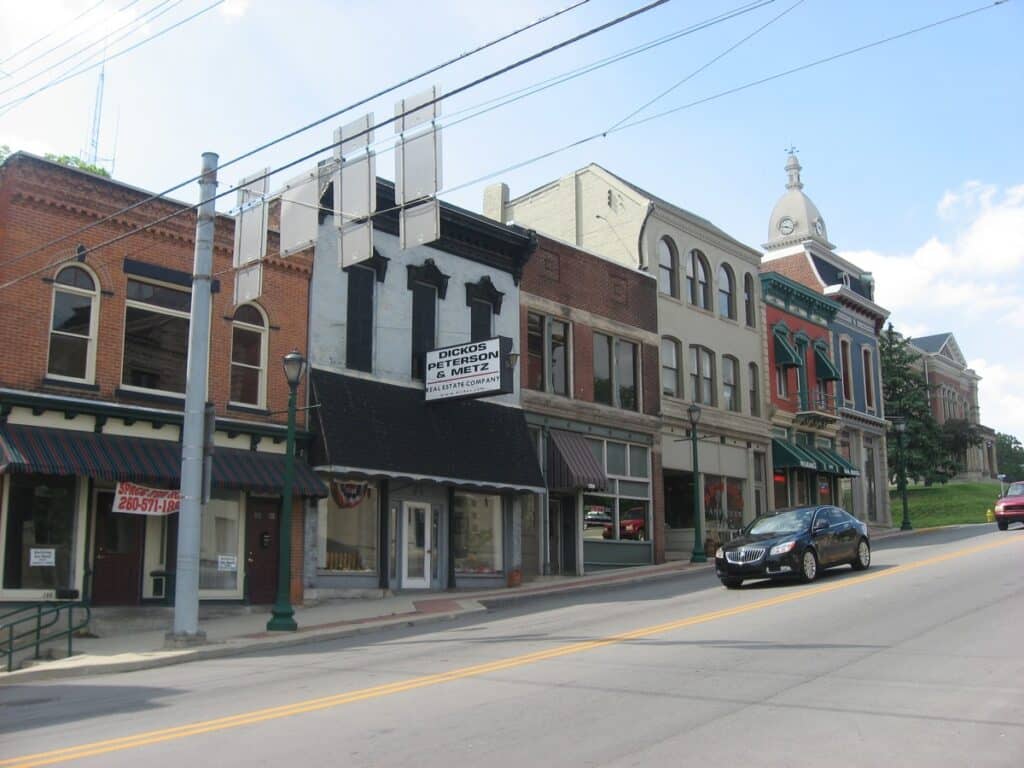
Wabash, Indiana, is the “First Electrically Lighted City”. In 1880, the town used “Brush lights” named after Charles Brush to light up the streets!
Four 3,000 candlepower lamps were put on top of the Wabash County Courthouse to light up the night. Even though Wabash only has a population of 500 people, 10,000 came to see the switch-on.
Today, the original Brush lights are still displayed at the courthouse for visitors to see.
Johnny Appleseed
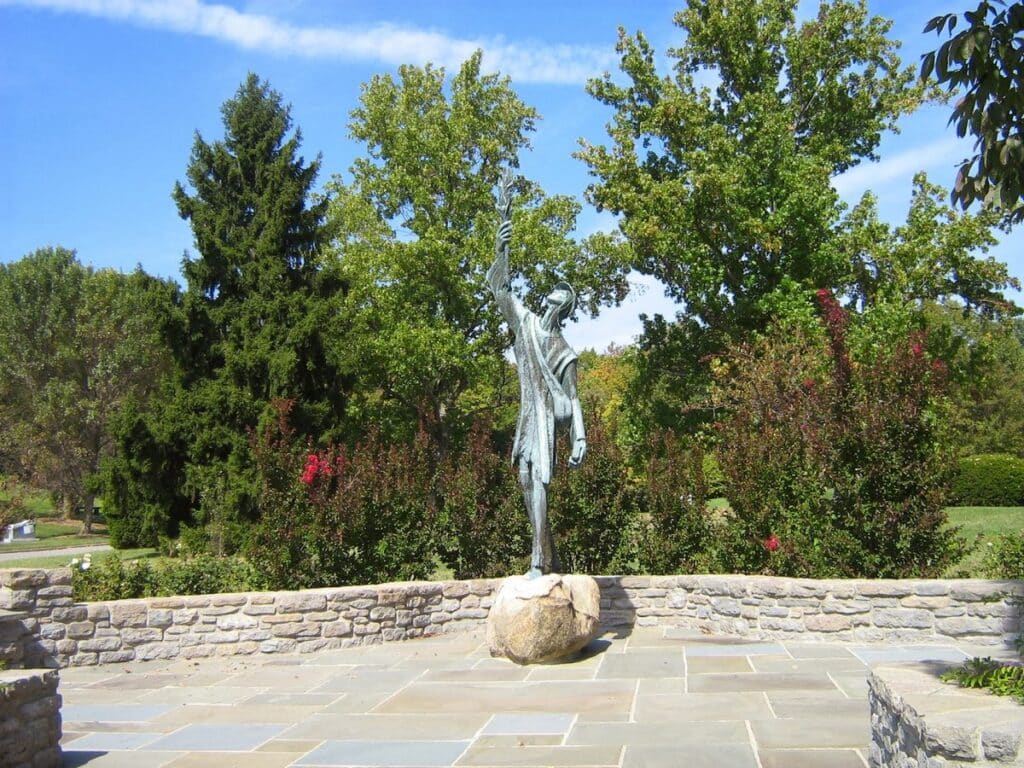
Johnny Appleseed is a legend of American Folklore. He is said to be a kind outdoorsman who traveled around the US on foot. During his travels, he planted apple trees which sprung up behind him so others could eat.
While this is all legend, the REAL Johnny Appleseed was born in Massachusetts and spent his final years in Indiana.
His real name was John Chapman and he was a pioneer nurseryman. He introduced apple trees to many parts of the midwest. He died aged 71 and was buried along the St. Joseph River, although the exact location is unknown.
Indiana Dunes National Park
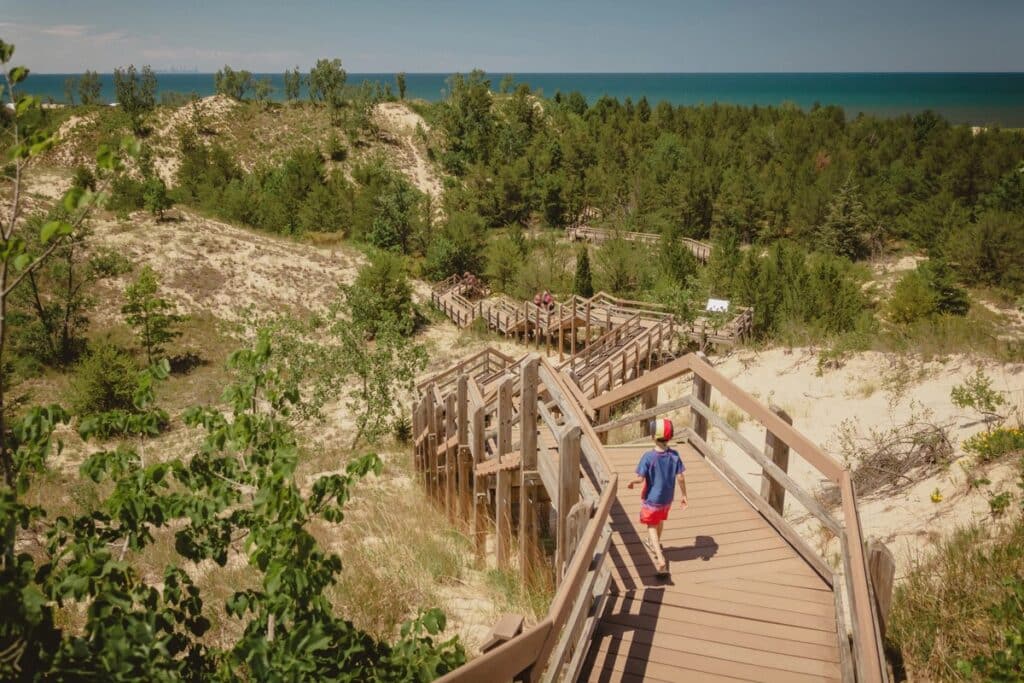
Indiana Dunes National Park is the county’s 61st national park. It only became a national park in 2019, when Congress authorized the name change.
The park is 15,000 acres and sits along 24 kilometers of Lake Michigan. There are over 50 miles of trails going through dunes, prairies, wetlands, and more. It’s also a bird-lovers paradise With around 350 species of bird!
Conner Prairie
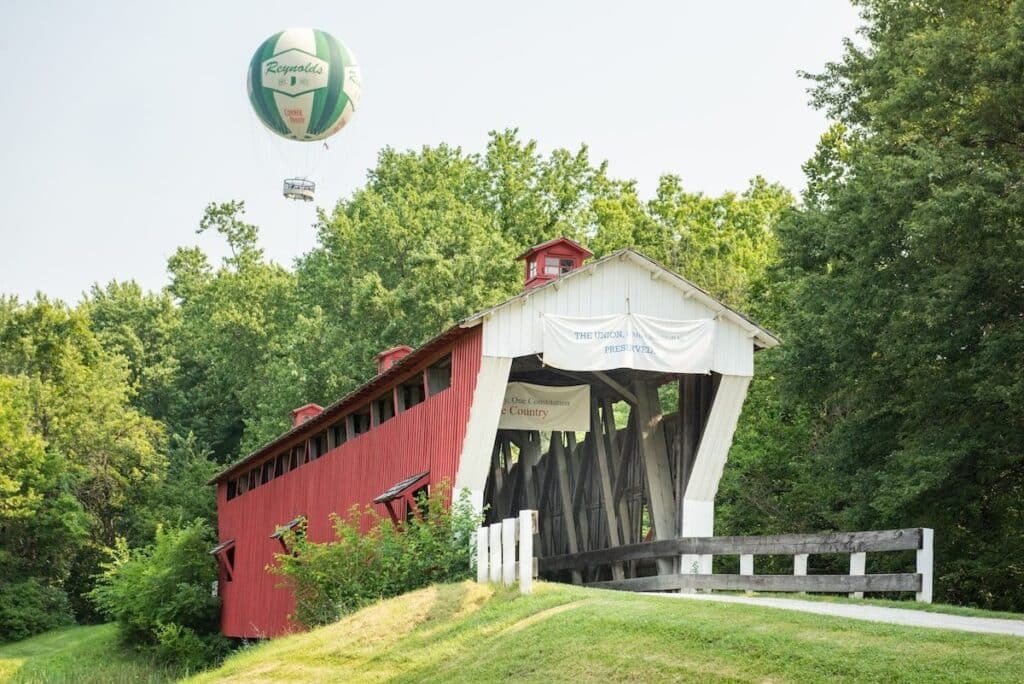
Conner Prairie is one of the most-visited outdoor museums in the US. It is an interactive and immersive history experience that was created in 1934. The museum has 800 acres of woodland as well as indoor and outdoor exhibits.
When we say interactive, we mean interactive. The museum has actors posing as real-life 1800s residents as well as real working farm animals.
It is the state’s first Smithsonian Institute affiliate and it is accredited by the American Alliance of Museums.
Steel Mills
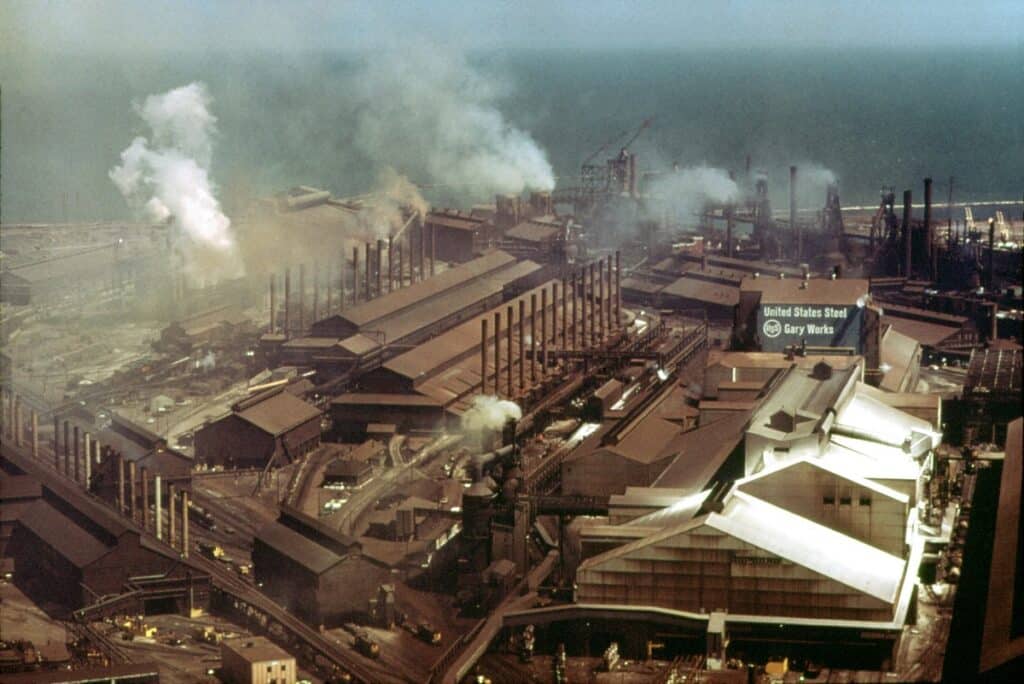
When it comes to steel production, Indiana continues to be number one in the US. In 2020, the state produced 21.6 million tonnes of steel. This was 27% of the country’s entire steel production.
The Gary Work Steel mill was built on the shores of Lake Michigan in 1906. For a time it was the world’s largest steel mill, with a yearly capacity of 7.5 million tonnes! Today, it is the largest in the country.
Limestone
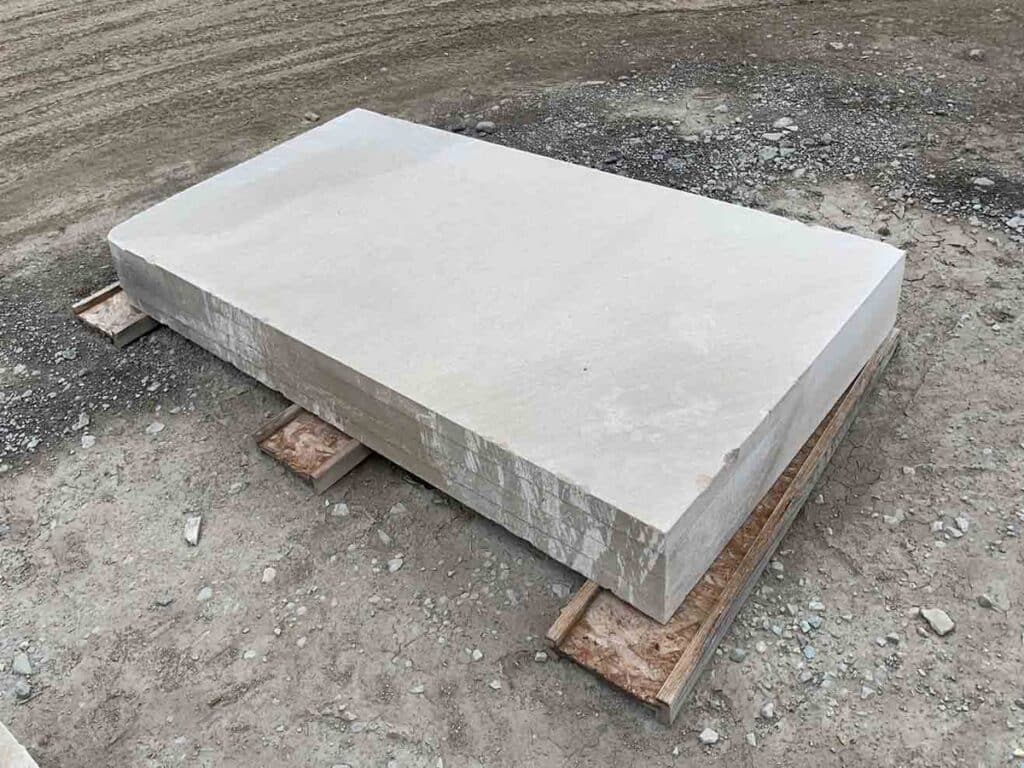
Limestone has been Indiana’s state stone since 1971. Grand Central Station, the Lincoln Memorial, and the Empire State Building are made of Indiana Limestone!
Also known as Salem Limestone, limestone from Indiana is extremely pure, being 97% calcium carbonate. Indiana Limestone is also called Bedford Limestone. Bedford, Indiana is known as the “Limestone Capital of the World”.
The First Train Robbery
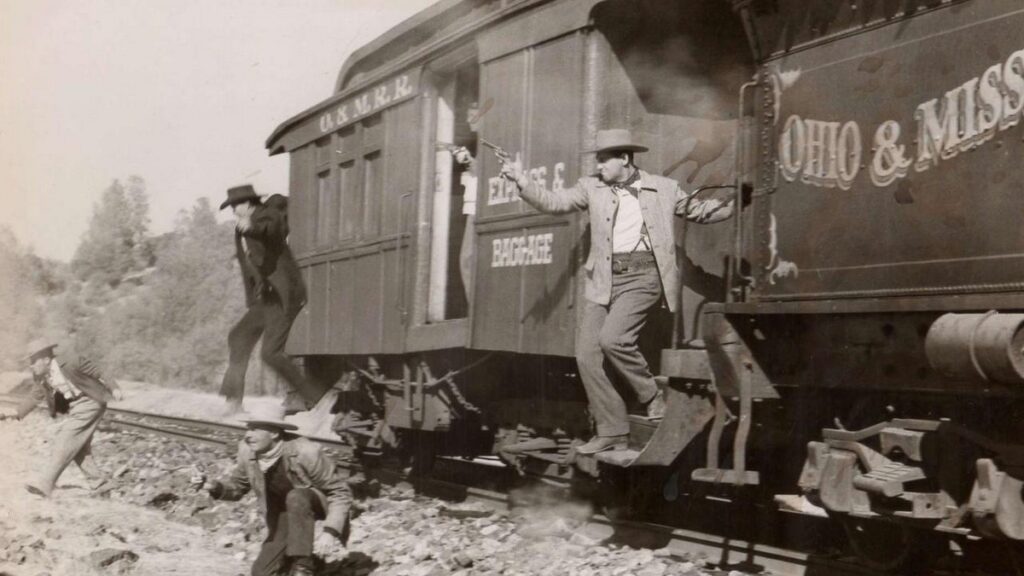
The first train robbery in American history happened in Jackson County, Indiana. On October 6, 1866, the Reno brothers stole $13,000 from a railroad train. Today, that’s the equivalent of just under 1.8 million dollars!
The Reno brothers were the first to stop a moving train in a rural area, so they could rob it without interference from law enforcement. This method quickly became popular in other areas of the US including the west.
